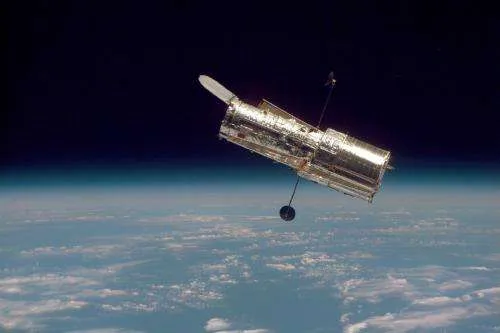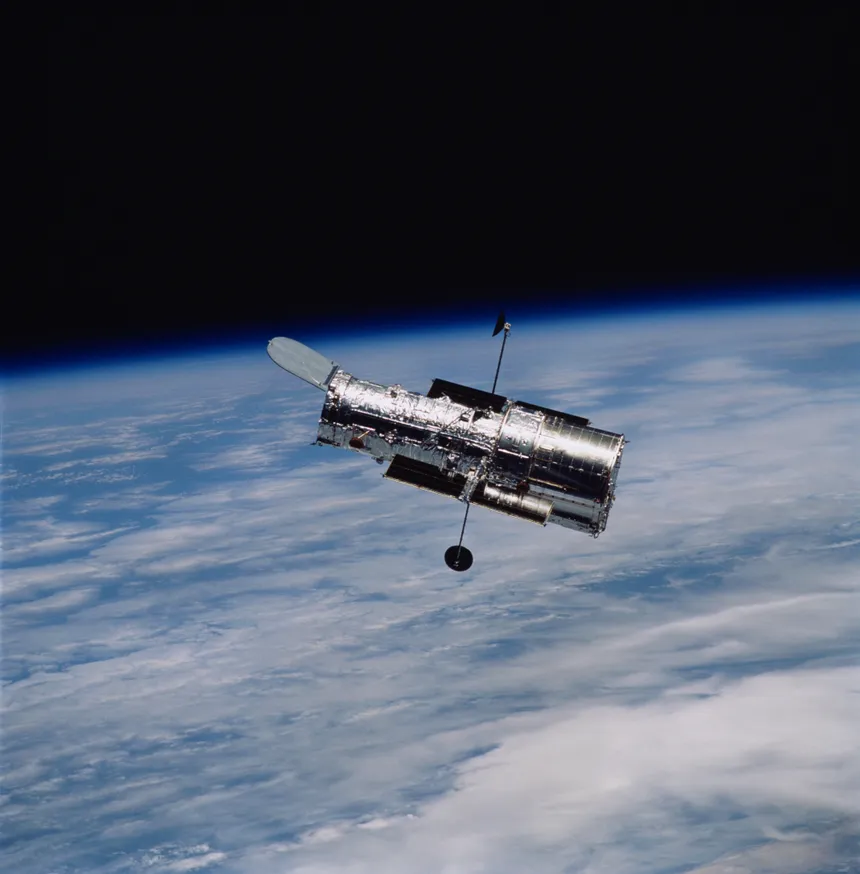The mission of astronomers to unravel the mysteries of the cosmos is often puzzled by the question, “Why do we need multiple, powerful space telescopes?” After all, wouldn’t a more powerful telescope suffice? However, the answer lies in the complex requirements of astronomical surveys and observations. Two crucial factors contribute to the need for diverse space telescopes: field of view and wavelength.
A space telescope’s field of view refers to the area of the sky it is designed to survey. Some telescopes, like the Euclid mission, are optimized to scan large portions of the sky, facilitating the identification of celestial objects and studying the universe on a broad scale. Conversely, telescopes like the Hubble Space Telescope focus on small, specific areas of the sky, providing exquisite details about particular objects. This dichotomy allows astronomers to tackle different research objectives with tailored instruments.
Another essential consideration is the wavelength range in which a space telescope operates. The James Webb Space Telescope, for instance, excels at observing objects in the infrared wavelength, while the Hubble Space Telescope primarily operates in the visible light range. This difference enables them to shed light on distinct aspects of the same celestial bodies. By comparing observations from telescopes operating in different wavelengths, scientists can gain a more comprehensive understanding of the universe.

Diverse Space Telescopes
To illustrate this concept, NASA recently released a comparison image featuring the peculiar galaxy NGC 3256, observed by both the James Webb Space Telescope and the Hubble Space Telescope. The Webb image showcases the galaxy’s infrared emission, revealed by the tendris of dust and gas, as well as the newly formed stars. In contrast, the Hubble image, taken in 2018, appears in a visible light wavelength, prominently displaying the galaxy’s dark threads of dust and its dual nuclei, resulting from the collision of two merging galaxies.
These exemplary images underscore the value of multiple space telescopes, each tailored to address specific scientific questions and objectives. The James Webb Space Telescope’s infrared capabilities uncovered the galaxy’s hidden features, while the Hubble Space Telescope’s visible light observations revealed the galaxy’s structure and composition. By combining observations from telescopes operating in different wavelengths, astronomers can piece together a richer understanding of our universe.
The diversity of space telescopes is crucial for astronomers to tackle the complexities of cosmic surveys and observations. By leveraging telescopes with distinct field of view and wavelength capabilities, scientists can uncover a broader range of celestial secrets, fostering a deeper understanding of the universe and its many wonders.









































